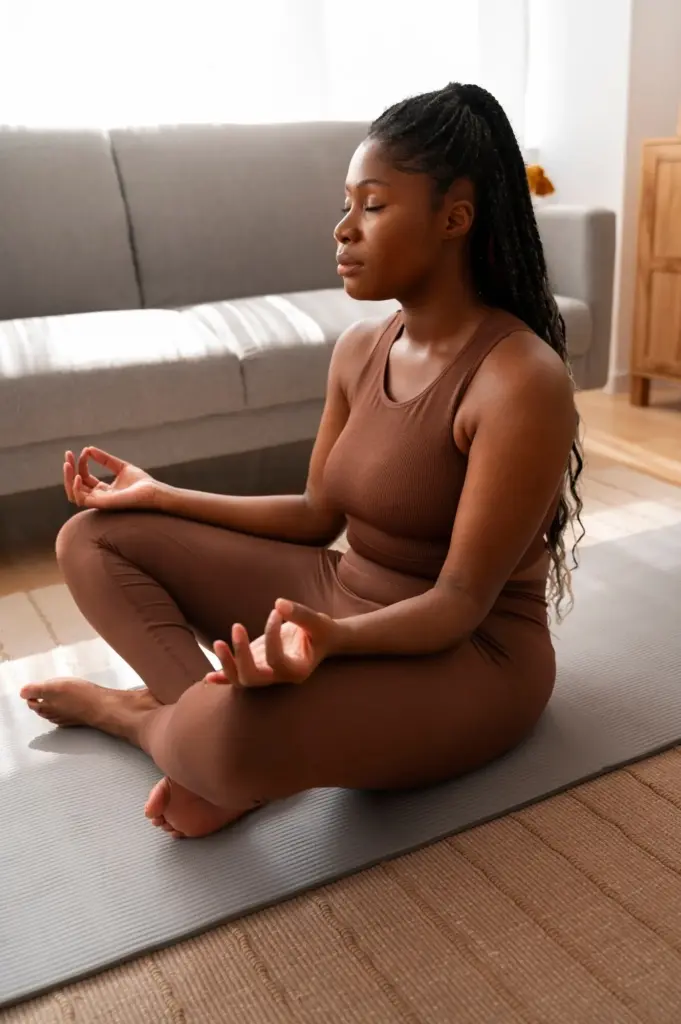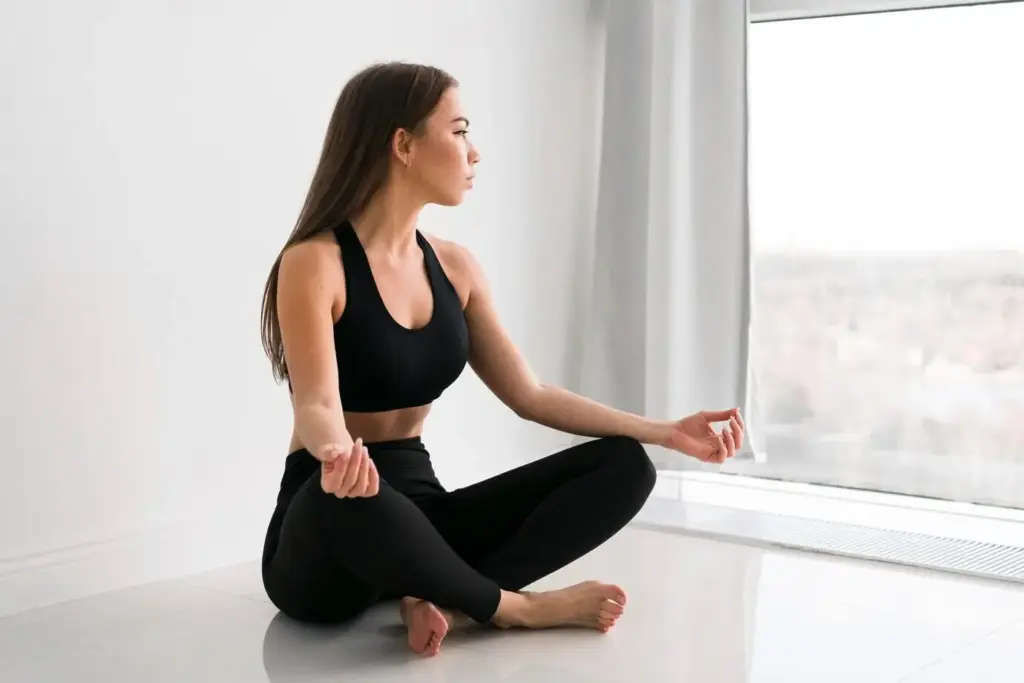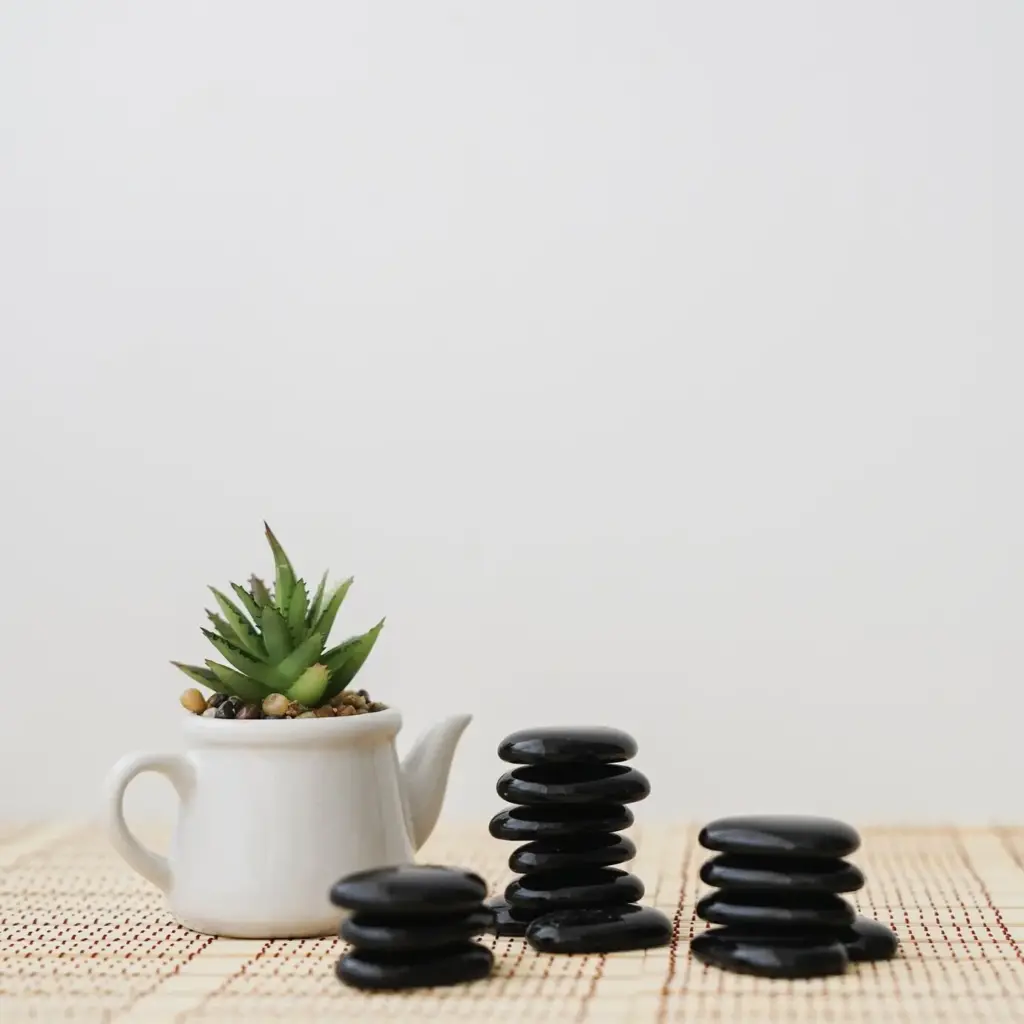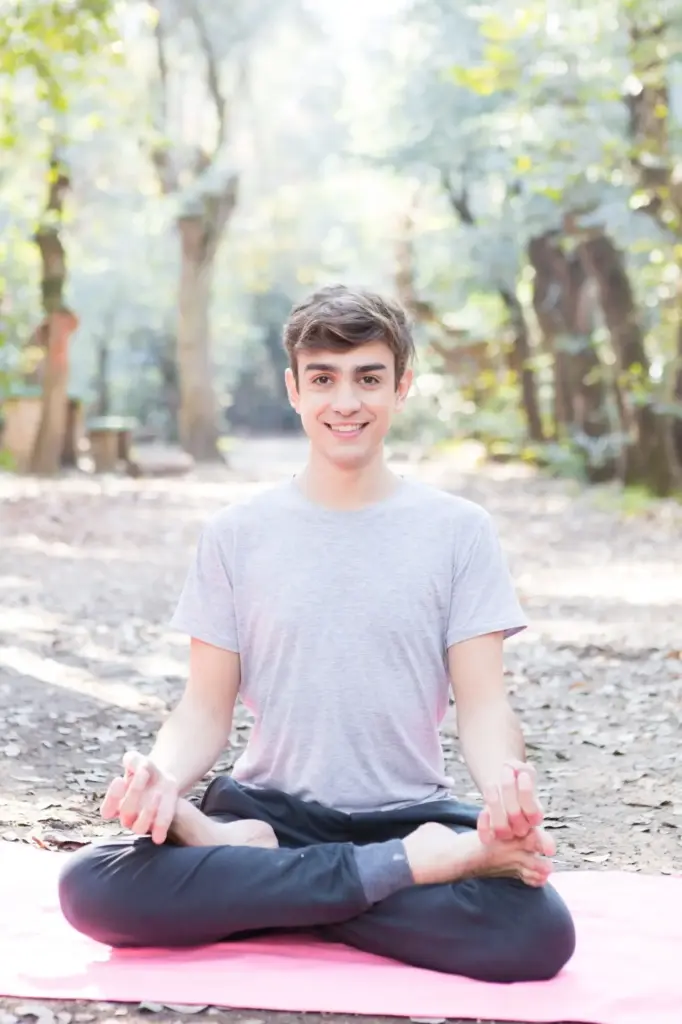Sink Into Rest with Yoga Nidra
Why Lying Still Can Change Your Nights




Create a Sanctuary: Space, Time, and Tools

Science Behind the Softness
From beta toward theta and delta
HRV, cortisol, and the parasympathetic shift
How it differs from meditation or a nap
Real Stories, Honest Lessons
From wired and tired to lights out
He used to scroll news under the covers, pulse loud in his ears. Replacing that habit with a five-breath count and a familiar recording felt awkward, then comforting, then obvious. The first night he fell asleep before the body scan ended, he cried with relief. The second, he simply smiled, realizing rest could be trained like a skill, not begged for.
Meeting restlessness without judgment
Some nights will fidget, itch, and protest. When that happens, adjust a pillow, scratch once, and return. Label sensations softly—pressure, warmth, buzzing—like noting clouds passing. Judgment keeps arousal high; curiosity lowers it. Imagine placing your thoughts on a shelf for morning. By choosing kindness over critique, you stop adding tension, and the practice can finally do its quiet work.
Track what matters, celebrate tiny wins
Keep a gentle log for two weeks: start time, duration, whether you finished, and how sleepy you felt. Ignore perfection; count attempts as victories. Watch for earlier yawns, fewer clock checks, and clearer mornings. These modest signals mean your system is adapting. Celebrate progress out loud, because recognition itself becomes another cue for safety, reinforcing the new pattern you are building.
Safety, Sensitivity, and Adaptations
Grow the Habit, Share the Calm






All Rights Reserved.


